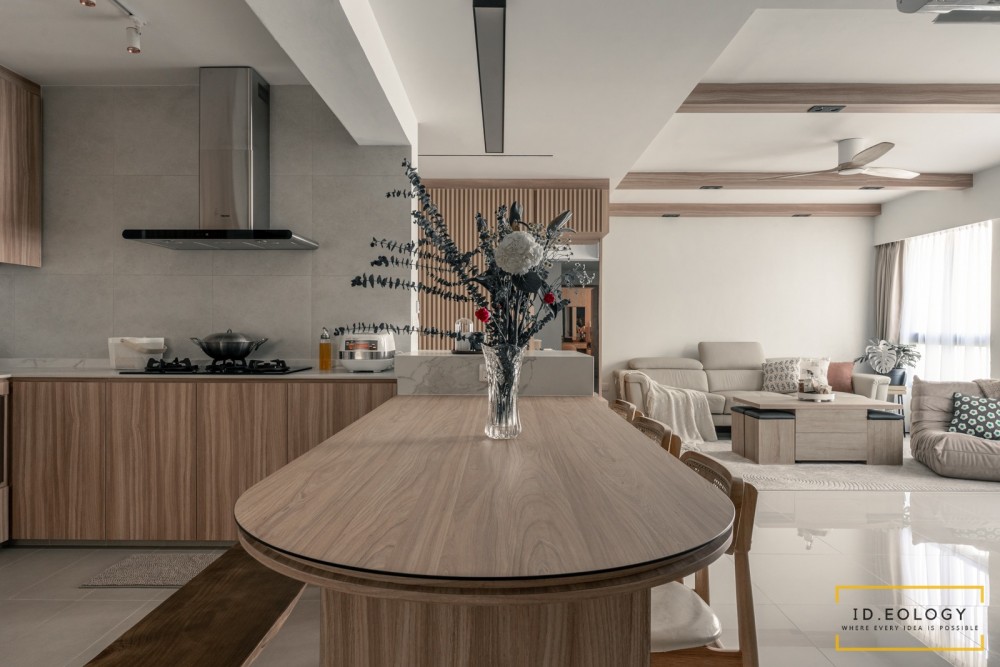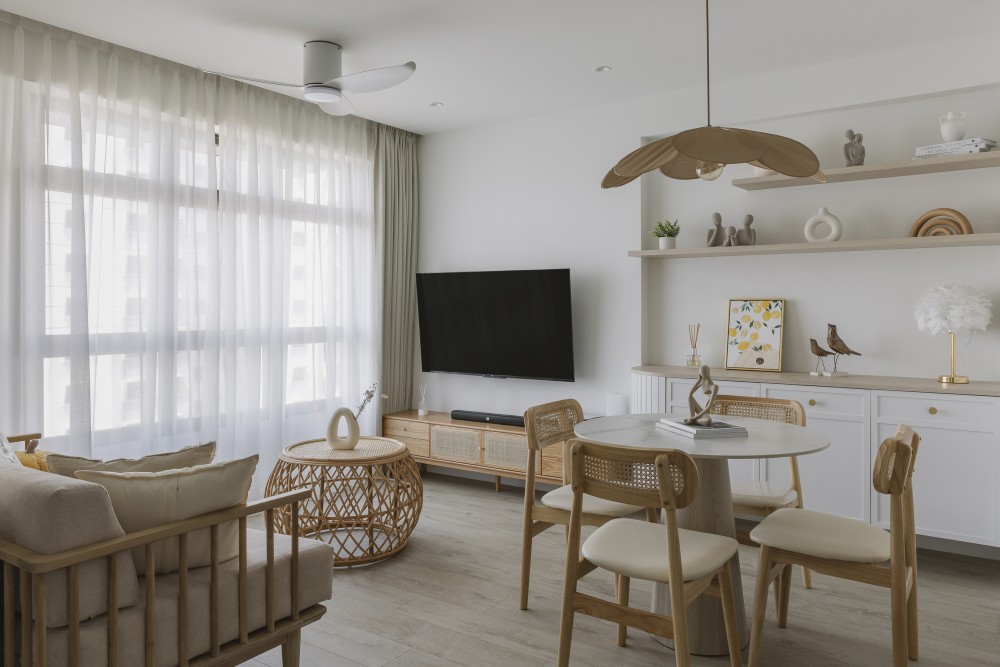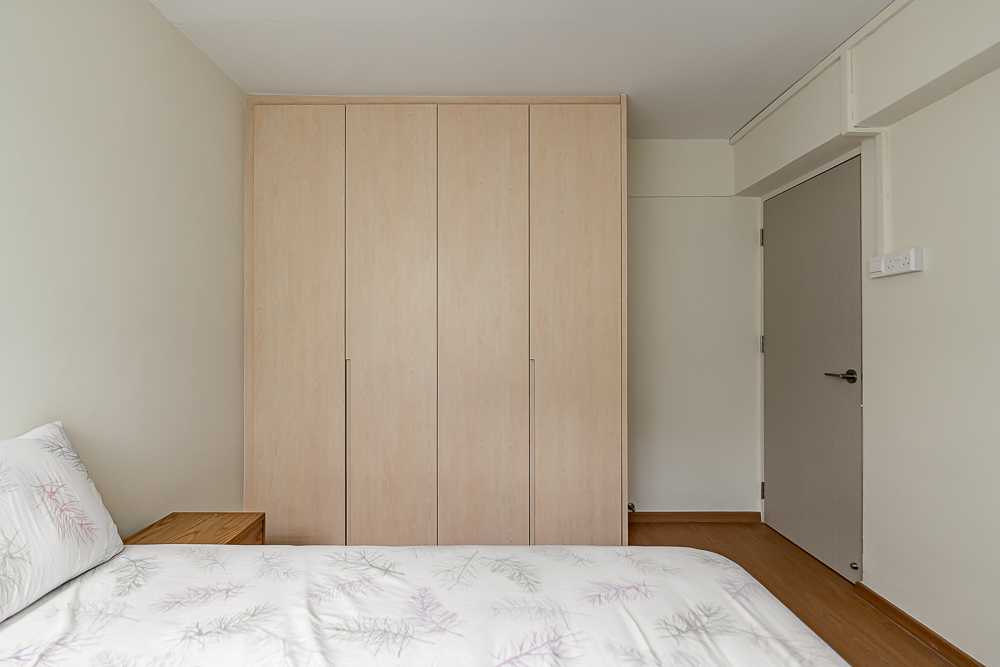The Ultimate Guide To Air Purifiers
While Singapore doesn’t have too large a problem when it comes to air pollution, we still face certain air quality issues from time to time.
This is due to factors such as pollutants, haze, and more.
In such an environment, maintaining good indoor air quality becomes paramount – and that’s where air purifiers come into play.
In this comprehensive guide, we’ll walk you through everything you need to know about air purifiers in Singapore.
Understanding Air Quality In Singapore
Before delving into the world of air purifiers, let’s discuss the air quality challenges that Singapore faces.
As we all know, Singapore encounters various environmental factors that affect its air quality on a regular basis.


This includes haze episodes, pollution sources, and seasonal variations.
Firstly, Singapore is well-acquainted with haze episodes, primarily occurring during the dry season.
This haze typically emanates from neighboring countries due to forest fires and land clearing activities. These events significantly impact both outdoor and indoor air quality.
Two of the most memorable instances of severe haze occurred in 2013 and 2015. These episodes were primarily attributed to extensive forest fires in Indonesia.
In 2013, the Pollutant Standards Index (PSI) soared to a staggering 400 in Singapore, signifying extremely unhealthy air conditions.
The haze endured for weeks, disrupting daily life, outdoor activities, and indoor air quality. To cope, residents were advised to remain indoors, wear masks when venturing outside, and utilize air purifiers to alleviate indoor air pollution.
In 2015, PSI levels exceeded 300.
While not reaching the peak of the 2013 crisis, it nonetheless placed the PSI in the “very unhealthy” range. This prompted temporary school closures, and outdoor events had to be rescheduled or canceled.
These recurring haze episodes emphasize the significance of being well-prepared to safeguard indoor air quality during such challenging periods.
Haze aside, industrial activities in Singapore can also lead to various pollutants being released into the atmosphere.
These pollutants include volatile organic compounds (VOCs), nitrogen dioxide (NO2), and particulate matter (PM2.5).
Lastly, Singapore experiences distinct wet and dry seasons, each with its own set of air quality challenges.
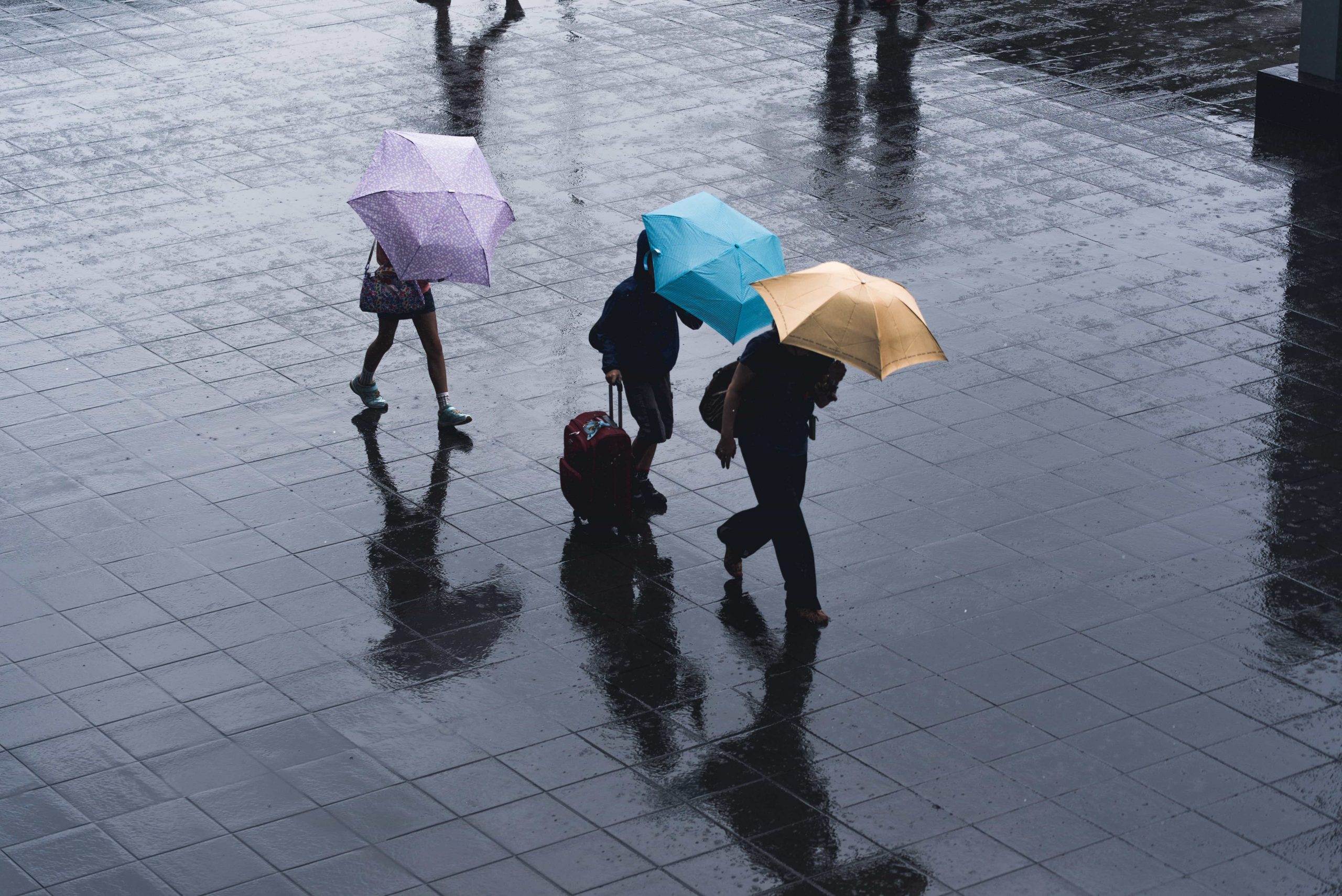

During the wet season, increased moisture levels can foster the growth of indoor allergens like dust mites and mold.
In contrast, the dry season may bring a higher concentration of airborne particles from outdoor sources.
How Air Purifiers Work
Now that we have a better understanding of the air quality issues in Singapore, let’s talk about air purifiers and how they work.
Air purifiers employ various technologies to clean and improve indoor air quality.
Common purification methods include:
High Efficiency Particulate Air (HEPA) filters
Activated carbon filters
Ultraviolet-C (UV-C) light
Each of these technologies targets specific contaminants in the air to improve air quality.
HEPA filters
How it works: HEPA filters are widely regarded as one of the most effective air purification methods. These filters consist of a dense mat of fibers that can capture particles as small as 0.3 microns in size with a high efficiency rate (typically 99.97%).
What it targets: HEPA filters primarily target airborne particles, including dust, pollen, pet dander, mold spores, and even some bacteria and viruses. They are exceptionally effective in improving indoor air quality for allergy and asthma sufferers.
Activated carbon filters
How it works: Activated carbon filters feature a porous structure that is highly effective at absorbing gas molecules, odors, and volatile organic compounds (VOCs). The activated carbon has a large surface area, which enhances its adsorption capabilities.
What it targets: Activated carbon filters excel at removing odors, cooking fumes, smoke, and harmful VOCs from the air. They work well in kitchens, near litter boxes, and in areas with strong odors.
Ultraviolet-C (UV-C) Light:
How it works: UV-C light technology utilizes ultraviolet radiation to disinfect and deactivate microorganisms like bacteria, viruses, and mold spores. When air passes through the UV-C chamber, the light disrupts the genetic material of these microorganisms, rendering them harmless.
What it targets: UV-C light is particularly effective at eliminating biological contaminants. It helps reduce the spread of airborne illnesses and prevents the growth of mold and bacteria inside the air purifier.
Choosing The Right Air Purifier
Selecting the right air purifier depends on several factors, including:
The size of the room where you’ll place it
The specific air quality issues you wish to address (e.g., allergies, asthma, smoke)
The filtration technology the air purifier comes with
The noise level of the air purifier
The energy efficiency of the air purifier
Size of the room
First, consider the size of the room where you intend to place the air purifier.
Air purifiers are rated for their Clean Air Delivery Rate (CADR), which indicates the volume of clean air they can deliver per minute.
Here, you can measure the square footage of the room and choose an air purifier with a CADR rating that matches or exceeds the room size for effective air cleaning.
Air quality issues
Next, identify any specific air quality concerns that you may have.
As mentioned previously, different air purifiers are designed to target specific contaminants or provide comprehensive filtration.
If allergies are a concern, opt for an air purifier with a HEPA filter, which effectively captures allergens like pollen, dust mites, and pet dander.
Alternatively, if you or someone in your family has asthma, they may benefit from HEPA filters and air purifiers with activated carbon filters to remove asthma triggers like VOCs and odors.
Finally, if the goal is smoke removal, consider an air purifier with a strong activated carbon filter, which can effectively absorb smoke particles and odors.
Filtration technology
We’ve talked a bit about the different air purifier filters, and how they work.
To explore this a bit further, air purifiers typically come with single-stage or multi-stage filtration systems.
Firstly, basic air purifiers typically have a single filter, often a HEPA filter. These are effective for general particle removal.
Like we mentioned earlier, these filtration systems are excellent at capturing large particles like dust and pollen.
However, they may not be as effective at removing odors, chemicals, or smaller particles like viruses and bacteria.
Single-stage filtration systems aside, there are also multi-stage systems which incorporate multiple filters, including HEPA, activated carbon, and UV-C technology.
These provide comprehensive filtration and are ideal for tackling a wide range of contaminants.
Of course, they tend to be more expensive than single-stage filtration systems.
Noise level
Homeowners often tend to overlook the importance of noise levels when choosing air purifiers.
Most homeowners prioritise factors such as filter types and pricing when choosing air purifiers, but neglect to consider the noise level of different models of air purifiers.
However, this is a factor that can ultimately be a dealbreaker in creating a comfortable living environment.
For example, one of the primary reasons people invest in air purifiers for their bedrooms is to improve the quality of their sleep.
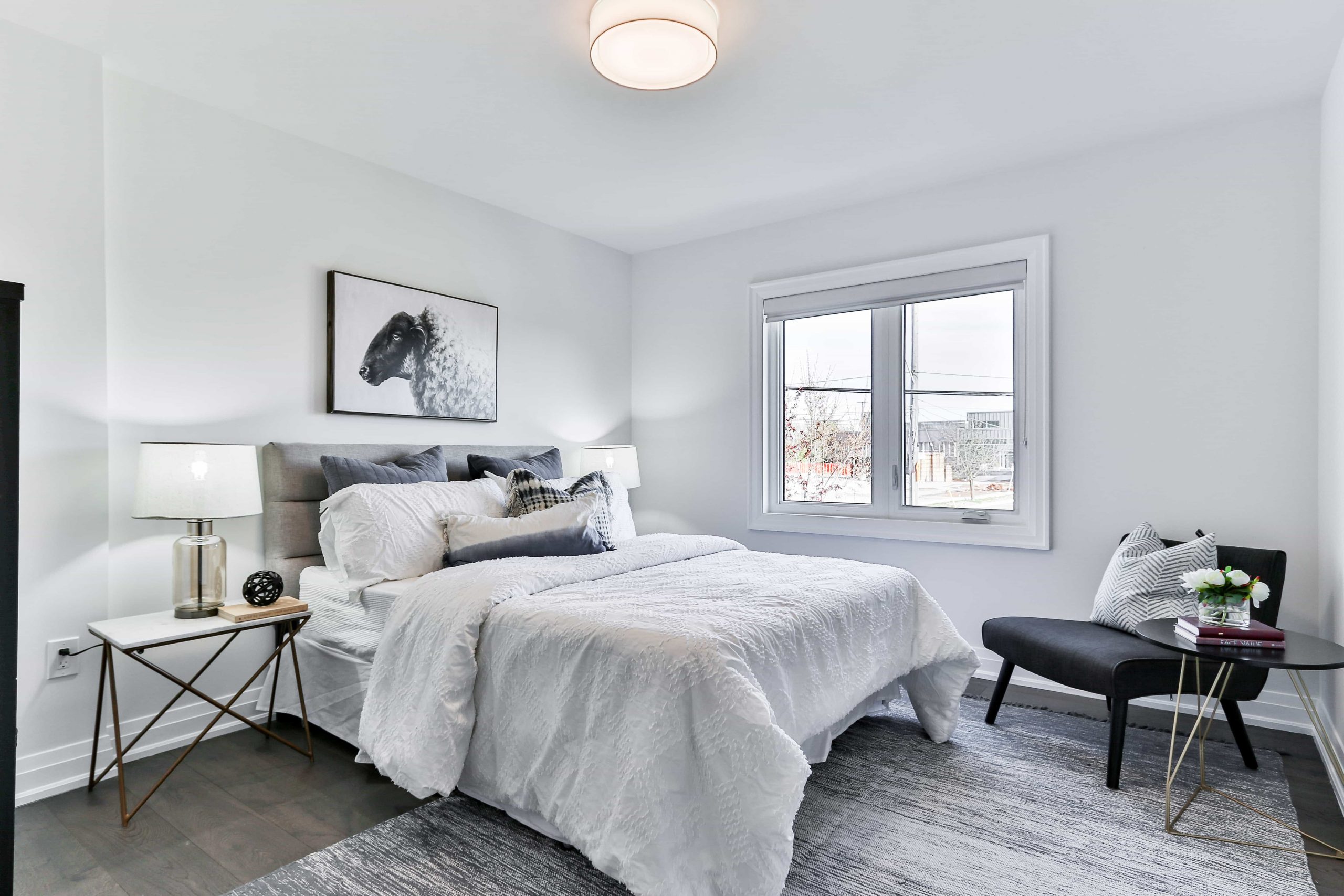

A noisy air purifier can be counterproductive in this regard.
If you’re purchasing an air purifier for your bedroom, try to look for a quiet model that operates at around 20-50 dB.
This won’t disrupt your sleep patterns. In fact, the soothing sound of white noise generated by some air purifiers can even help mask other disruptive sounds in your environment, promoting better sleep.
When testing the noise level of air purifiers at a retail store or showroom, don’t forget that air purifiers have multiple fan speed settings.
Lower speeds tend to be quieter, while higher speeds can produce more noise as they move more air through the filters.
When evaluating noise levels, test out all the different fan speeds so that you have an accurate assessment of the air purifier’s noise performance across its range.
Finally, some advanced air purifiers come with a “quiet” or “sleep” mode designed explicitly for nighttime use.
In these modes, the device operates at its lowest noise level while still maintaining effective filtration. This feature can be especially valuable for light sleepers.
Energy efficiency
Finally, consider the energy efficiency of the different air purifier models that you’re looking at.
Running an air purifier can contribute to higher energy bills over time, especially if you intend to run your air purifiers continuously.
To save on energy bills, you may want to choose energy-efficient models, which are designed to consume less electricity while maintaining effective air purification.
Where Should You Place Your Air Purifier?
Proper placement of the air purifier is crucial for optimal performance.
Here are a few things to keep in mind when you’re positioning your air purifier:
First, place the air purifier in a central location within the room. This allows for better air circulation and distribution of purified air throughout the space.
Avoid placing your air purifier in a corner or behind furniture, as this can hinder airflow.
The golden rule is to keep the air purifier at least a few inches away from walls, furniture, or other obstacles.
Next, ensure that there are no objects obstructing the intake and exhaust vents of the air purifier.
Blocking these vents can reduce the unit’s efficiency and make it less effective in filtering the air.
Next, consider placing the air purifier at a higher level, such as on a table or shelf. This can help it capture and circulate more of the room’s air.
Popular Air Purifier Brands In Singapore
In Singapore’s market, you’ll find a wide array of air purifier brands and models.
To assist you in making an informed decision, we’ve compiled a list of reputable brands of air purifiers in Singapore.
- Dyson is known for its innovative air purifiers, often combining air purification with other features like fans or heaters. The Dyson Pure Cool series, for instance, is well-regarded for its sleek design and effective air cleaning capabilities.
- Philips offers a range of air purifiers with advanced filtration technologies.
- Sharp air purifiers are recognized for their Plasmacluster Ion technology, which helps neutralize viruses, bacteria, and allergens in the air.
- Xiaomi offers budget-friendly air purifiers with impressive performance.
A Final Word On Buying An Air Purifier
In conclusion, investing in an air purifier is a proactive step toward ensuring clean and healthy indoor air in your home.
Whether you’re combating allergies, addressing smoke, or simply aiming to breathe cleaner air, the right air purifier can make a significant difference.
We hope this guide has equipped you with the knowledge you need to make an informed decision when selecting an air purifier.
Now, time to go shopping!
Want to check out home renovation projects for more inspiration? Browse home renovation projects on Hometrust, or click the button below to get connected with expert designers!
Renovating soon? Let Hometrust recommend the best interior designers.
If you are reading this, you are probably wondering how you can create your dream home.
Here’s the thing, everyone’s needs and requirements for their home renovation is different. A designer that may work for someone else, may not quite work for you.
At Hometrust, we’re here to help match top rated designers, recommended by past homeowners to you through our data-driven and matching algorithm.
Whether you are looking for partial renovation or a full fledge overhaul, we’ll be able to recommend you top designers to match your renovation requirements and lifestyle.
Recommendations and free and you can simply start by helping us understand your needs below!
Get RecommendationsRenovate safe!
The Hometrust Team

